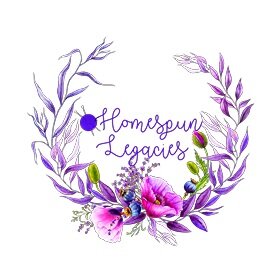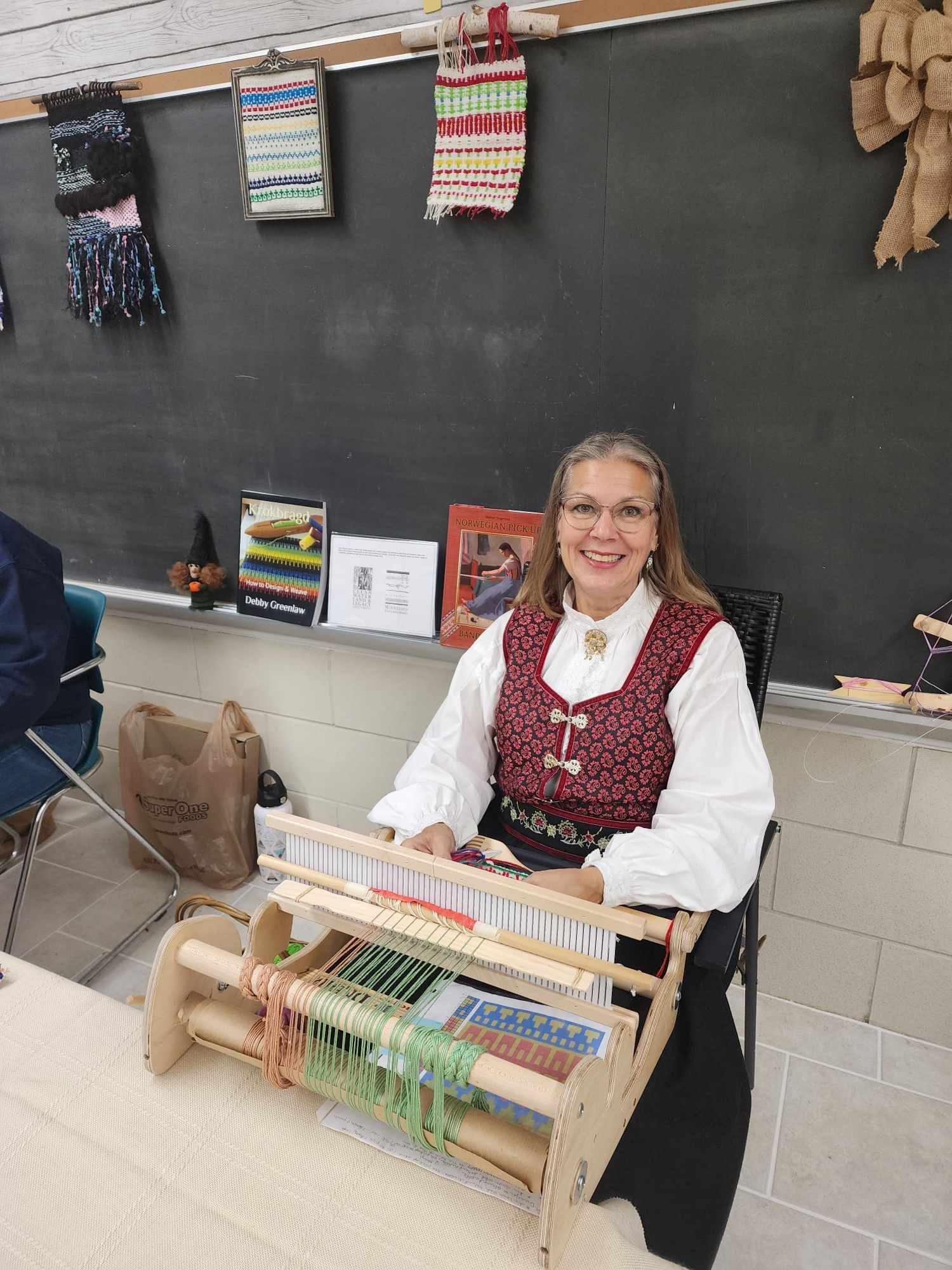
Weaving
There are many types of weaving and looms on which to weave. Until recently, I have only worked with simple frame looms. Now, I have introduced a rigid heddle and an inkle looms as well as weaving with bark. It is wildly fun to learn.
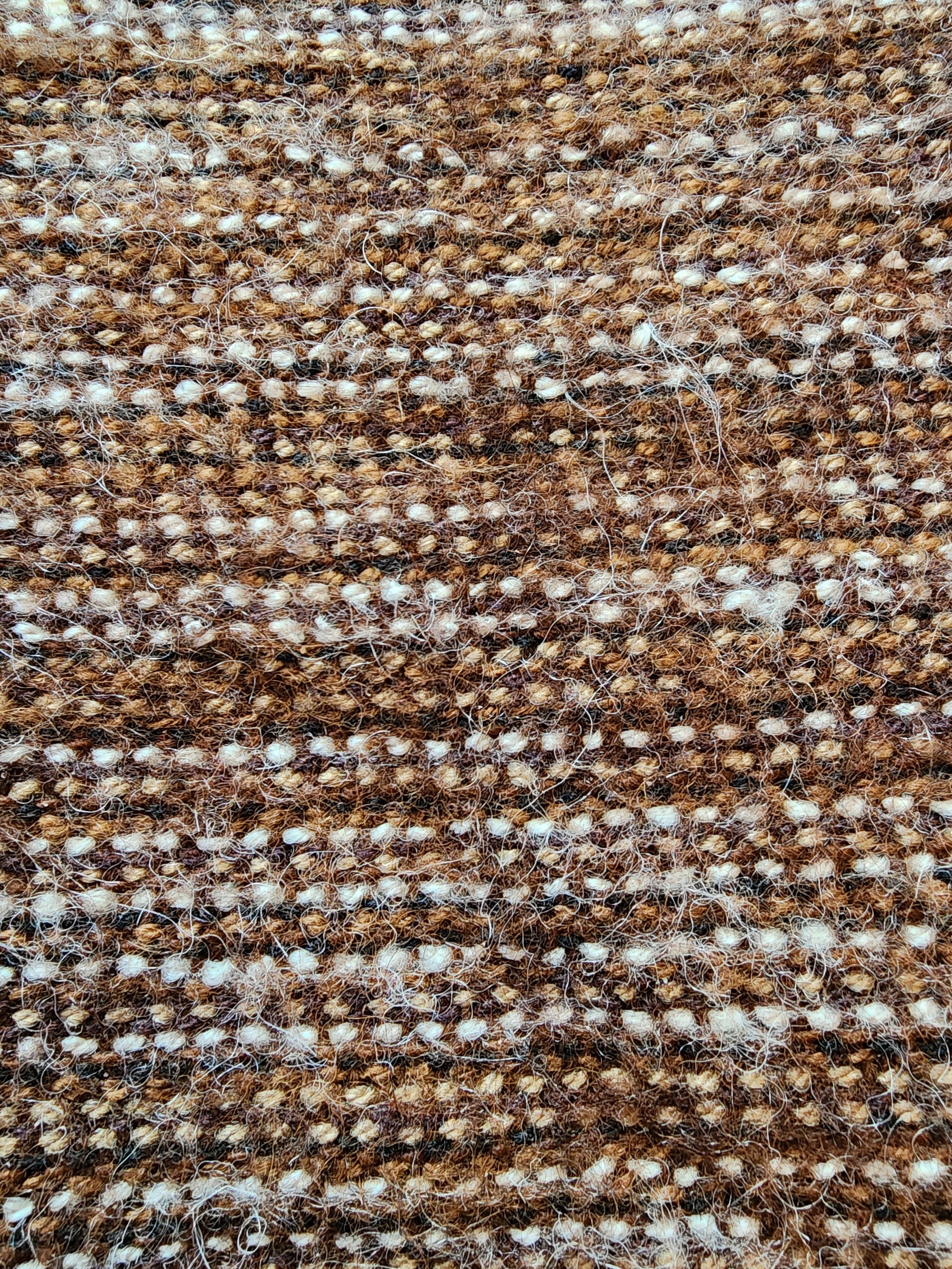
A few pictures from this past year.
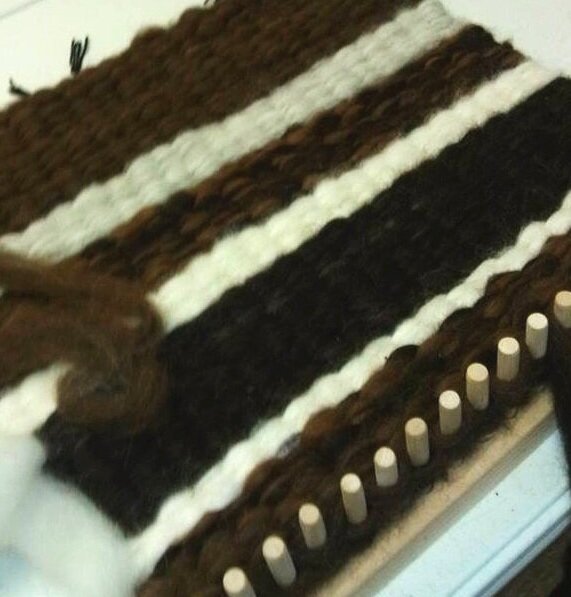
Peg Loom Weaving is an ancient weaving technique whose charm lies in the simplicity of its use. The loom is a block of wood with holes in a row along the top. Wood pegs or dowels, with a hole on one end to string the warp, are fitted into the holes on the block of wood. A strong thread is used as the foundation of the fabric and is called the warp. The weft is what is woven in and out through the warp to create fabric. The weft can be any sort of material like yarn, cloth, or rags. Even plastic bags can be used for a waterproof effect. Once the warp is threaded, you simply weave the weft in and out, removing the weave from the pegs as they fill up.
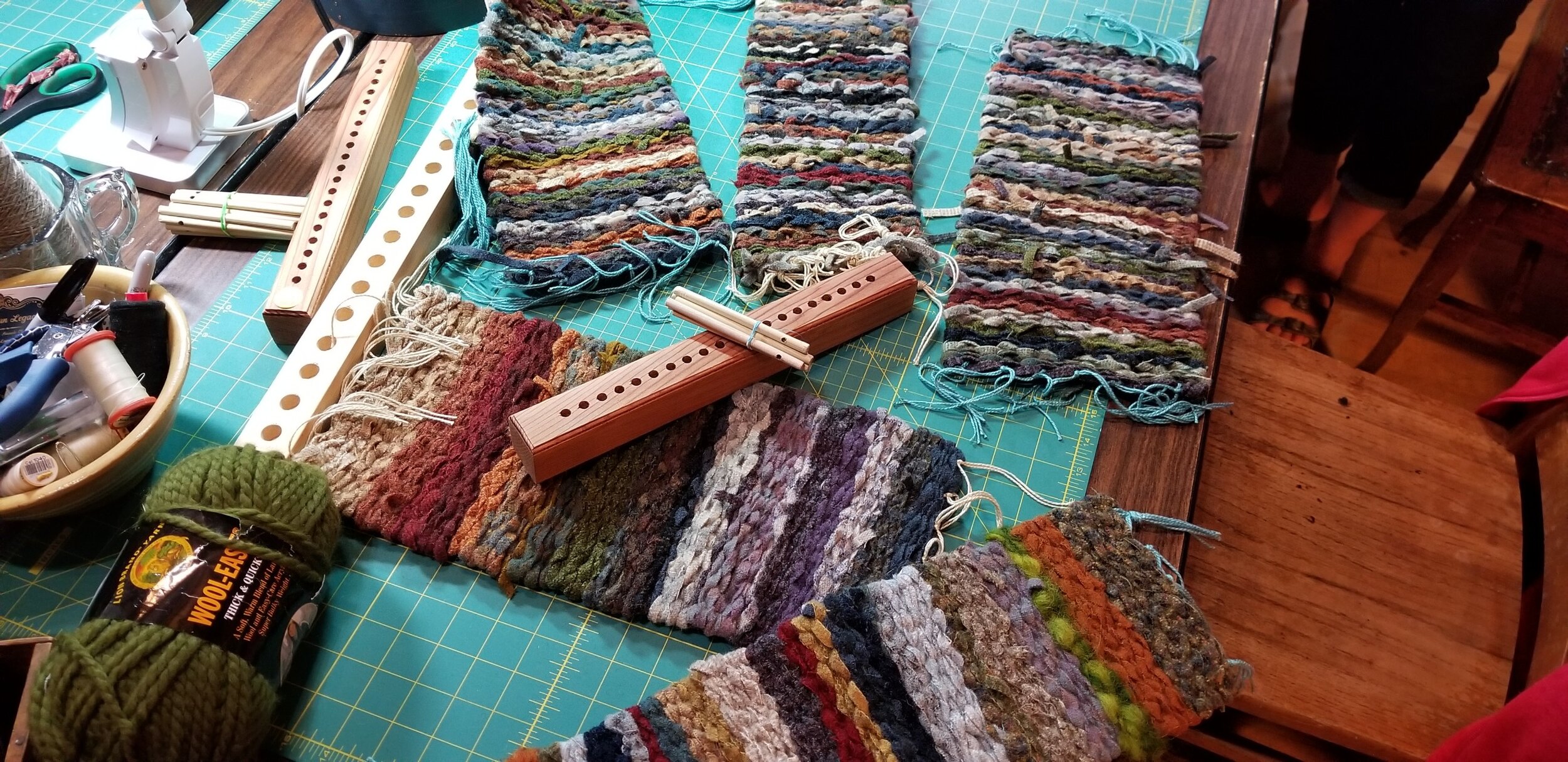
Mini table runners made on a peg loom. This was from a workshop of first-time weavers!

Using up bulky synthetic yarn. This rug will be used for a bath mat.

Place mat made from core-spun cotton material.

Woven table runner using 1/4 inch strips of wool material typically used for quilling.

A good way to use up those selvage edges from wool cloth! It makes a nice warm rug.

When you buy too much designer yarn and don't know what to do with it . . . weave a scarf!
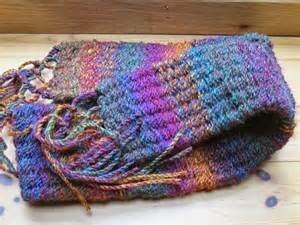
Bulky yarn weaves up a fast heavy scarf for the cold Minnesota winters!

Duel size peg looms made from cedar rails.
